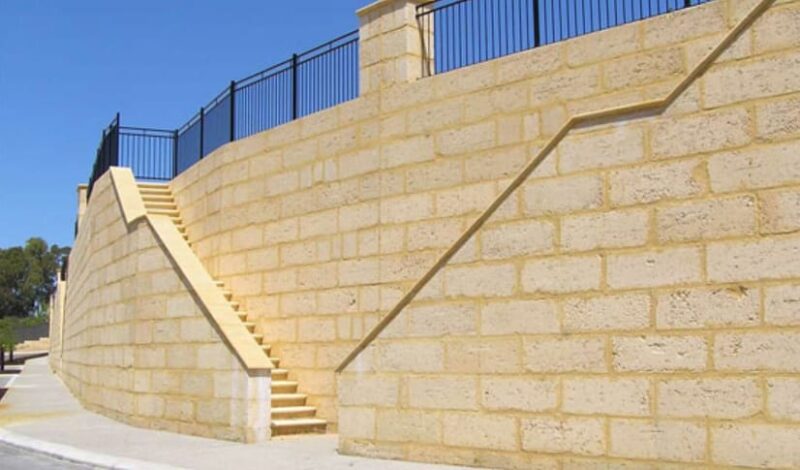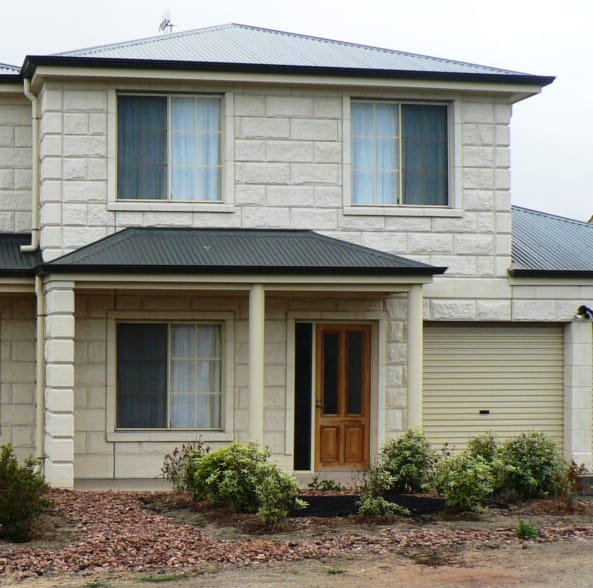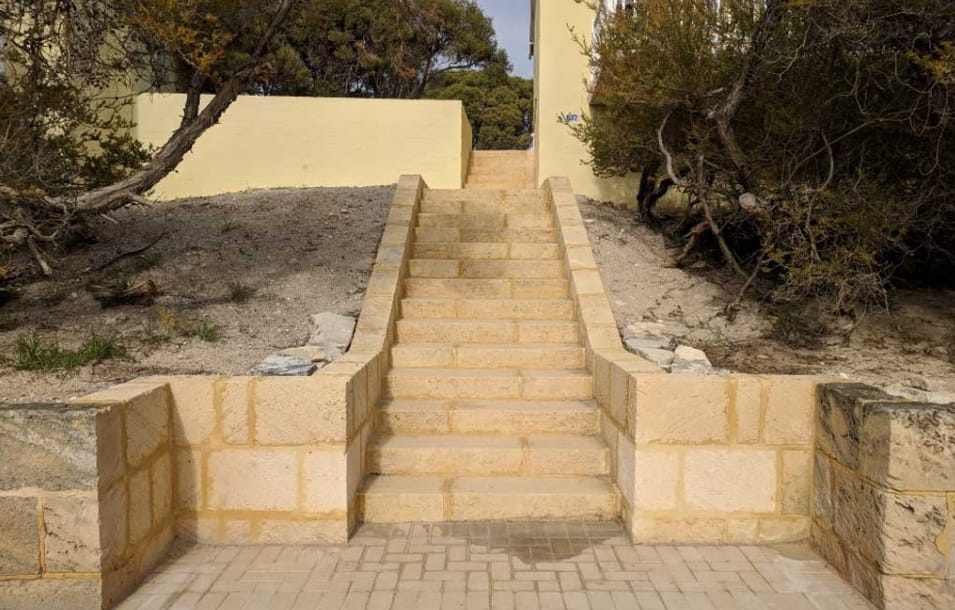Are you considering a natural stone product for your landscaping or building projects? Natural stone has long been used for a variety of purposes, from ornamental display pieces to practical building materials.
Limestone blocks are one of the most popular types of natural stones available, but there are other options to consider as well.
That is why we decided to take a close look at limestone blocks and compare them with several other common types of natural stone, so you can make an informed decision about which material is best for your project.
Overview of Limestone Blocks – what are they and how are they used

Limestone blocks are a widely used material in the construction industry. Quarried from deposits of sedimentary rock, these blocks have been used for thousands of years to build structures that are both strong and visually appealing.
Limestone blocks are popular for their durability and the way they complement other building materials, including brick and wood. They are used for a wide range of purposes, from building foundations to decorative walls and pillars.
These blocks come in various sizes and shapes, making them versatile enough to be used in a variety of projects, from grand buildings to simple home renovations.
The smooth, natural texture of limestone blocks also makes them a popular choice for landscaping and garden features.
Advantages of Limestone Blocks – durability, versatile design, and affordability
One of the key advantages of limestone blocks is their durability. Limestone is a naturally strong and hard-wearing material that can withstand the test of time.
Additionally, limestone blocks have a versatile design that can be used for a variety of applications, from retaining walls to paving stones.
And perhaps best of all, limestone blocks are an affordable choice that can fit within almost any budget.
Whether you’re looking to create a stunning outdoor living space or simply add some structural stability to your property, limestone blocks offer a practical and cost-effective solution.
Disadvantages of Limestone Blocks – can be difficult to install and requires regular maintenance

Limestone blocks have a fair share of disadvantages that make them less appealing to homeowners looking for a low-maintenance material for their home’s exterior.
The glossy finish that makes limestone blocks attractive also makes them slippery, which poses a safety hazard to residents during wet weather conditions.
Additionally, limestone blocks can be challenging to install due to their tendency to crumble during cutting and shaping, adding more installation costs to the homeowner.
Furthermore, keeping limestone blocks in their best condition requires consistent maintenance, including sealing, polishing, and general cleaning.
It’s essential to weigh the benefits and drawbacks before deciding to use limestone blocks in any construction project.
Comparison between Limestone Blocks and other Natural Stones – Granite, Slate, and Travertine
When it comes to choosing the right natural stone for outdoor landscaping or hardscaping projects, there are a variety of options to consider.
Limestone blocks, granite, slate, and travertine are all popular choices due to their durability, natural beauty, and easy maintenance.
While limestone blocks may have a more muted color palette compared to the other stones, they are incredibly versatile and can be used in a variety of settings.
Granite offers a striking appearance with its speckled patterns and shimmering finish, while slate has a unique texture and comes in a range of earthy tones.
Travertine, on the other hand, has a more delicate appearance with its subtle veins and neutral hues.
Ultimately, the choice between these natural stones will come down to personal preference, budget, and the specific needs of the project at hand.
Best Uses for Different Natural Stones – where each stone type should be considered for installation

Natural stones can add a touch of elegance and style to any space, from floors to countertops and walls. Each type of stone has unique properties that make it suitable for different uses.
Limestone, for example, is a popular choice for flooring due to its natural ambiance and durability.
Granite is excellent for kitchen countertops due to its heat resistance and scratch-resistant qualities.
Slate is often used for accent walls or patios due to its reminiscent texture and steeped natural color.
Travertine, on the other hand, is ideal for outdoor usage due to its non-slip surface, making it perfect for around pools and walkways.
Knowing where to use each natural stone type will ensure that you get the most out of your investment while creating a stunning living or working space.
Tips for Choosing the Right Natural Stone for Your Project – advice on picking a stone that works best with your budget and desired result

When choosing the perfect natural stone for your project, it’s important to consider not only the overall look and feel that you’re hoping to achieve, but also your budget and the practicality of the stone you’re considering.
While there are certainly a wide variety of natural stones to choose from, some may be prohibitively expensive or unreliable for outdoor use. With that in mind, it’s always a good idea to do plenty of research before making any final decisions.
Look for stones that are durable, low-maintenance, and easy to clean, and aim to stay within your budget without sacrificing the overall quality of your chosen stone.
